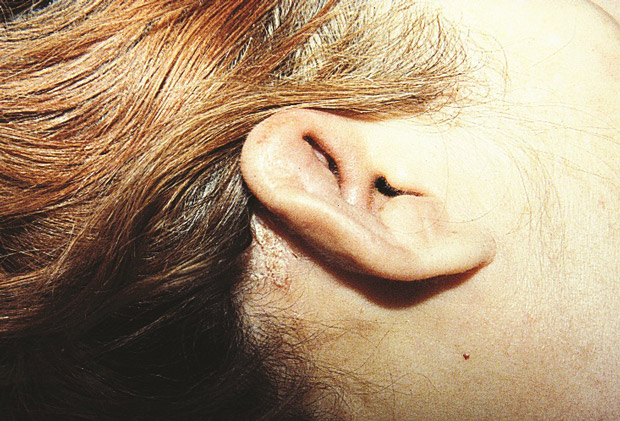Is your practice ‘remote monitoring’ ready?
Adding telehealth to a practice can lower health care costs, expand the patient database, and offer flexible working conditions for physicians and staff.
Telehealth is growing rapidly in medical practices, moving health care out of the traditional office setting and bringing it into patients' homes. Adding telehealth to a practice can lower health care costs, expand the patient database, and offer flexible working conditions for physicians and staff. Shortening physical office hours can save overhead costs, such as payroll for hourly employees, utilities, and other various costs associated with an office being open.
Offering telemedicine can help keep patients in your practice and may attract new patients, since making a face-to-face appointment can be difficult for those living in rural areas or those who have trouble traveling. It can provide patients with extended hours to reach physicians or staff who may be working anywhere, including at home or in the office. Telehealth visits only take a few minutes and can save both parties time with prompt responses. Physicians can follow up easily with patients to ensure that they are following doctors' orders.
Remote monitoring, a key component of telemedicine, allows the physician and the patient's care team to get real-time data, enabling communication without an in-person appointment. Remote physiologic monitoring (RPM) technology comes in various devices that monitor glucose levels, sleep patterns, heart rate, vital signs, and many other types of patient data. RPM allows patients to be involved in their own care by giving them access to their health data in real time.
Patients with certain chronic conditions can also create treatment and nutrition plans, access medication guides, and integrate data from wearables like continuous glucose monitors and fitness monitors with their physicians' offices. Physicians can use these data to gain a better understanding of patients' health and develop care plans that fit their lifestyles.
Codes for remote physiologic monitoring include the following:
- HCPCS (Healthcare Common Procedure Coding System) code G2010. Remote evaluation of recorded video and/or images submitted by an established patient (e.g., store and forward), including interpretation with follow-up with the patient within 24 business hours, not originating from a related evaluation and management (E&M) service provided within the previous seven days nor leading to an E&M service or procedure within the next 24 hours or soonest available appointment.
- CPT (Current Procedural Terminology) code 99453. Remote monitoring of physiologic parameter(s) (e.g., weight, blood pressure, pulse oximetry, respiratory flow rate), initial; set-up and patient education for the use of equipment.
- CPT code 99454. Remote monitoring of physiologic parameter(s) (e.g., weight, blood pressure, pulse oximetry, respiratory flow rate), initial; device(s) supply with daily recording(s) or programmed alert(s) transmission, each 30 days.
- CPT code 99457. Remote physiologic monitoring treatment management services, 20 minutes or more of clinical staff/physician/other qualified health care professional time in a calendar month requiring interactive communication with the patient/caregiver during the month.
Remote monitoring can enable physicians to treat more patients because RPM devices send data directly from a patient to the patient's care team, helping to overcome geographic barriers and serve those in locations where there is a clinician shortage. Physicians are also able to monitor patients more frequently, reducing unnecessary nonurgent office or ED visits, as well as hospital admission and readmission rates.
ACP has recently revamped its telehealth webpage to include resources for members in the primary care setting, providing them with guidelines to consider when implementing and billing telehealth codes. Members can find telehealth options and billing codes on virtual check-ins, remote monitoring, interprofessional e-consults, and video visits with patients. More information is online.




